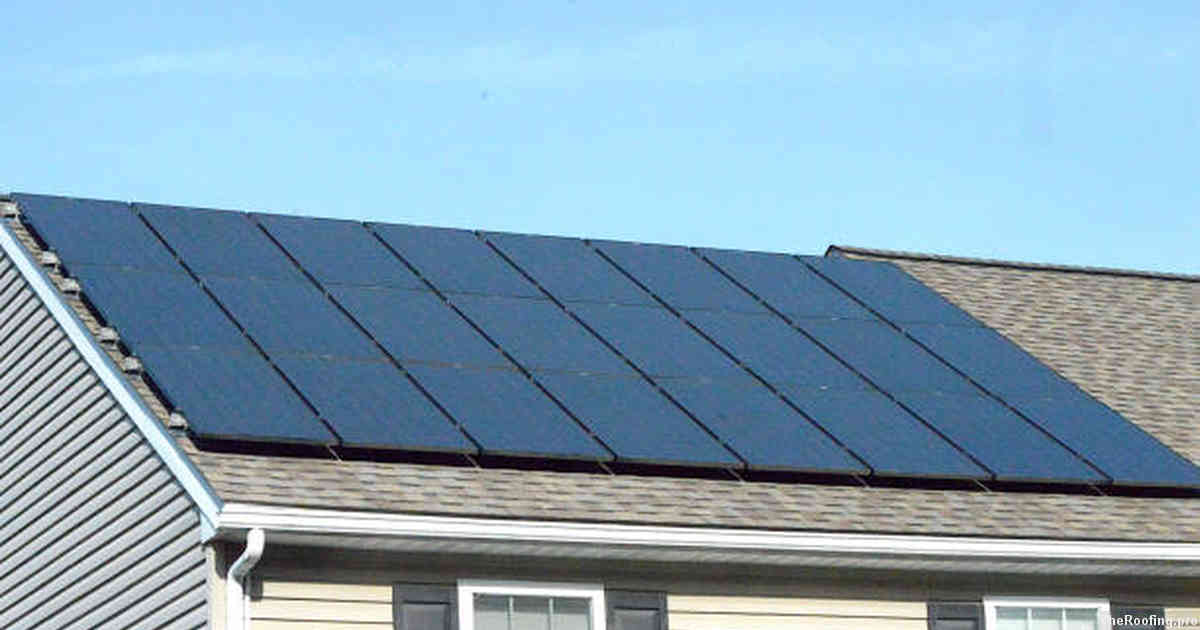
When it comes to roofing, one of the most important aspects is choosing the right membrane. There are two main types of membranes that can be used for this purpose: TPO and EPDM.
Contents:
- Introduction to TPO & EPDM Membranes
- Benefits of TPO & EPDM Roofing
- Types of TPO & EPDM Membranes
- Installation Process for TPO & EPDM Roofs
- Cost Considerations for TPO & EPDM Roofs
- Durability and Lifespan of TPO & EPDM Membranes
- Maintenance Requirements for TPO & EPDM Roofs
- Environmental Impact of Using TPO & EPDM Membranes
TPO (Thermoplastic Polyolefin) is a single-ply flexible thermoplastic membrane made from polypropylene and ethylene propylene rubber. It is designed to provide superior resistance to UV radiation, heat, ozone, and chemical exposure while providing excellent weatherability characteristics. The seams are heat welded together with special equipment making them strong and waterproof. TPO membranes come in different thicknesses ranging from 45 mils up to 80 mils depending on the specific application requirements such as energy efficiency or water permeability.
EPDM (Ethylene Propylene Diene Monomer) is a synthetic rubber material often used for roofing applications due to its durability and flexibility when exposed to extreme temperatures or environmental conditions. This type of membrane also has high tear strength which makes it ideal for areas prone to frequent foot traffic or wind uplift forces as well as areas with low slope roofs where ponding may occur after rain events. EPDM membranes usually come in either white or black colors although custom colors can be requested if desired by customers looking for more aesthetically pleasing solutions than those offered by traditional asphalt shingle products.
Both TPO and EPDM membranes have their own unique properties that make them suitable choices for certain roofing applications depending on the needs of each individual customer project – whether they need superior weather resistance, thermal protection against extreme temperature fluctuations, improved energy efficiency ratings or simply aesthetic appeal – these materials offer something unique compared to other available options on the market today so it’s important that consumers consider all factors before deciding what type will work best for their particular situation.
Introduction to TPO & EPDM Membranes

TPO and EPDM membranes are two of the most popular types of roofing materials used in commercial and residential projects. Both offer excellent durability, weather resistance, and cost-effectiveness when compared to traditional asphalt shingle roofs. TPO stands for Thermoplastic Polyolefin while EPDM is short for Ethylene Propylene Diene Monomer.
TPO is a single-ply membrane that provides superior heat welding capabilities which make it easier to install than other types of roofing material. It also offers superior puncture resistance and can be installed without fasteners or tape needed with other roof systems. Its reflective properties help reduce energy costs by reflecting sunlight away from the building structure, resulting in lower cooling bills during hot summer months.
EPDM is a synthetic rubber membrane composed of ethylene propylene diene monomer (EPDM). It has been used as an effective waterproofing solution since the 1960s due to its flexibility, durability, ease of installation, low maintenance requirements and overall cost effectiveness when compared to more expensive options like metal roofs or clay tiles. The seamless nature of this product helps ensure consistent coverage across your entire roof surface with no gaps or seams where water could potentially penetrate through your roof system causing potential damage over time if not addressed properly upon installation or regular inspections afterward.
Benefits of TPO & EPDM Roofing

TPO and EPDM roofing membranes are popular options for flat roofs, offering many advantages to homeowners looking to update their roof. TPO stands for thermoplastic polyolefin while EPDM stands for ethylene propylene diene monomer, and both provide superior protection against the elements with a long-lasting lifespan.
One of the main benefits of using TPO or EPDM is that they can be installed quickly and efficiently without causing disruption to your daily life. They require minimal maintenance over time, so you won’t have to worry about constantly checking on them or making repairs. These materials are lightweight yet durable, meaning they will protect your home from severe weather conditions such as heavy rain and high winds without compromising structural integrity.
These types of membrane also offer great insulation value; helping reduce energy costs by keeping heat in during winter months and cool air in during summer months – saving money on utility bills each month. Both TPO and EPDM come in different colors allowing you to customize the look of your roof according to personal preference; giving your home an aesthetically pleasing exterior finish.
Types of TPO & EPDM Membranes

TPO and EPDM membranes are two of the most popular roofing solutions for commercial buildings. TPO, or thermoplastic polyolefin, is a single-ply membrane made from a blend of polypropylene and ethylene-propylene rubber. It’s available in different thicknesses and has superior resistance to punctures, tears, impacts and ultraviolet rays. On the other hand, EPDM (ethylene propylene diene monomer) is an extremely durable synthetic rubber roofing material used primarily for flat roofs on commercial buildings. It offers excellent flexibility even at low temperatures making it well suited to cold climates while also providing good fire resistance.
Both materials can be applied either fully adhered with adhesive or mechanically fastened using plates and screws – allowing installers to choose which option best suits their needs depending on factors such as local regulations, climate conditions and budget considerations. Both types of membranes come in rolls so they can easily be laid down over large areas without any seams that could potentially cause leaks in the future if not properly sealed together during installation process.
In terms of color options when it comes to TPO membrane there are usually only white or grey variations whereas EPDM comes in black or white variants – giving customers more choice when selecting the right product for their project. Both materials require minimal maintenance after installation ensuring longevity over time whilst still being lightweight enough that they don’t add too much weight onto existing structures during application process itself.
Installation Process for TPO & EPDM Roofs

Installing a TPO or EPDM roof can be an intimidating task for the inexperienced DIYer. However, with the right tools and knowledge, you can confidently install either type of roof in no time at all.
For both TPO and EPDM roofs, it is important to make sure that your surface is completely clean before beginning installation. This will help ensure a tight seal between the membrane and substrate so that your roof will be able to withstand even the harshest weather conditions. After cleaning, use some type of primer or adhesive on any areas where there may be gaps between surfaces to provide additional protection against water intrusion.
Once prepped, unroll your chosen membrane onto the substrate and begin installing it using specialized fasteners designed specifically for this purpose. For larger areas, consider using large rolls as opposed to smaller ones; this will reduce labor costs while ensuring an even finish across the entire area being covered by your new roofing system. Once complete with installation, check over every inch of your new roof for any signs of damage or weak spots before calling it finished.
Cost Considerations for TPO & EPDM Roofs
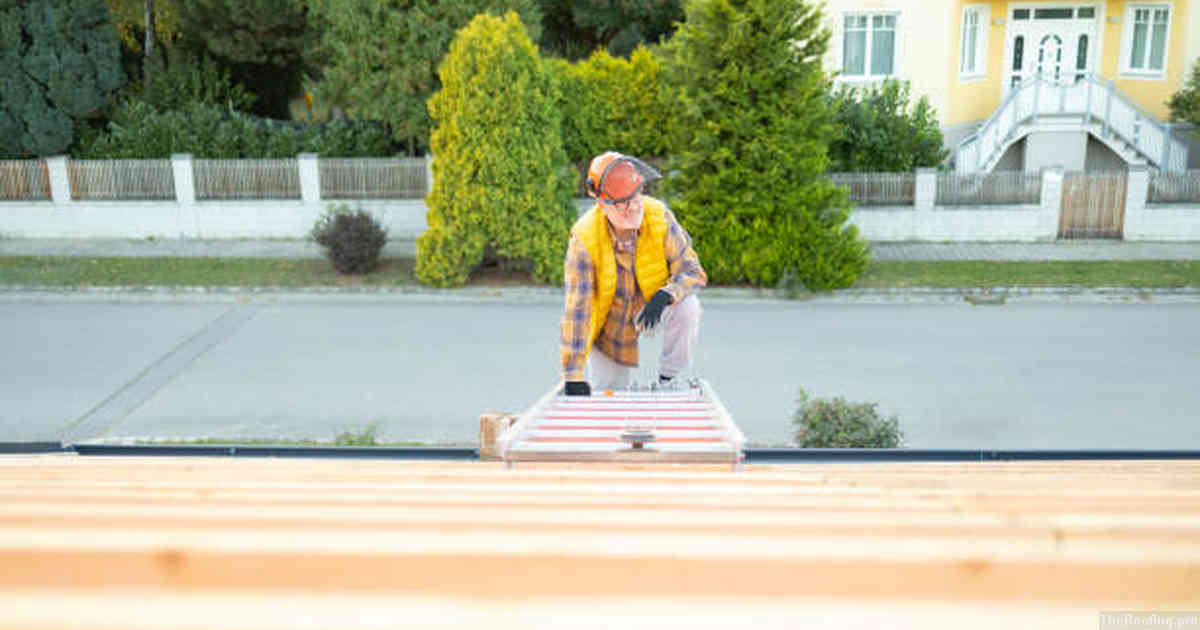
When it comes to roofing, many homeowners are faced with the decision of which type of membrane is right for their needs. Two popular options are TPO and EPDM membranes. Both have distinct advantages, but there are some cost considerations that must be taken into account when choosing between them.
TPO roofs can be more expensive initially than an EPDM roof due to their longer life expectancy. While a TPO roof may last up to 30 years, an EPDM roof usually lasts 15-20 years before needing to be replaced or repaired. Installation costs for a TPO roof can also be higher because they require specialized skills and equipment compared to EPDM roofs. However, despite these initial costs being higher upfront for TPO roofs, over time the savings from not having to repair or replace it as often make up for the difference in price versus an EPDM system.
EPDM membranes provide a great value for money option compared to other types of membrane materials such as asphalt shingles or metal panels and can generally last 15-20 years if properly installed and maintained according to manufacturer instructions. They offer excellent weather protection while still allowing flexibility during installation due its rubberized nature; however they do tend to deteriorate faster than most other types of material when exposed UV light so regular maintenance is important in order ensure longevity of your new roof system. The main benefit here though is that replacement costs will likely be lower since you won’t need too much extra labor involved with removing existing materials like tiles etc.
Durability and Lifespan of TPO & EPDM Membranes
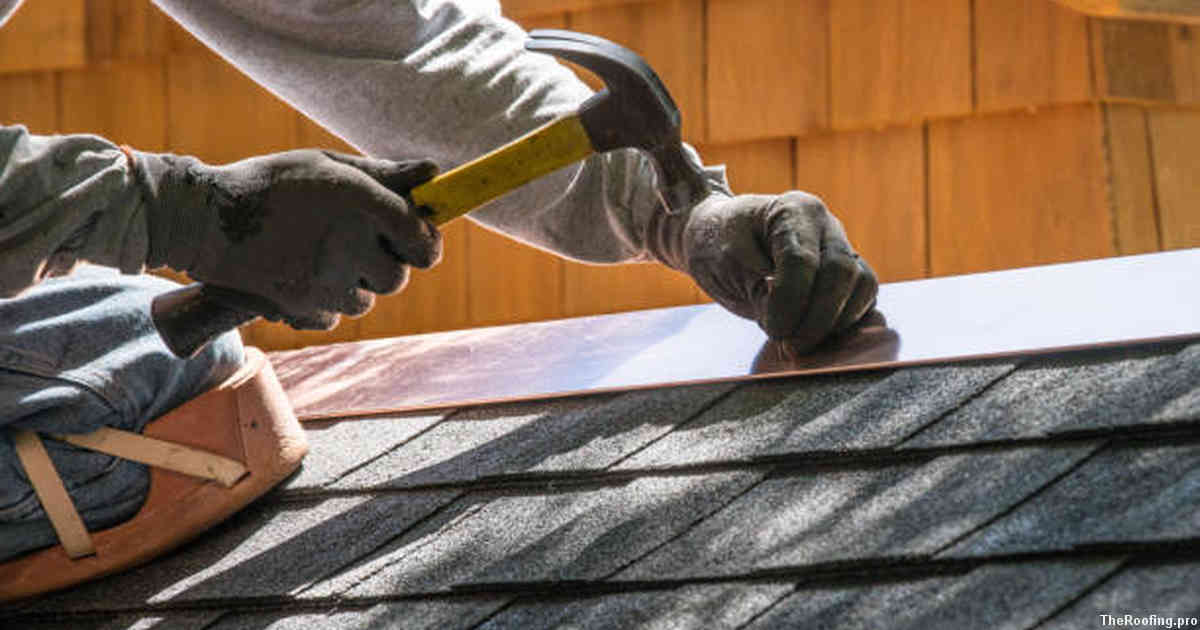
When it comes to the lifespan of tpo and epdm membranes, both materials can last for many years when installed correctly. TPO is renowned for its long-term durability and resistance to extreme weather conditions such as hail storms, strong winds, intense heat and cold temperatures. As a result, it is one of the most popular choices among commercial roofing contractors. EPDM also has an impressive lifespan with proper installation and maintenance; however, its ability to withstand extreme temperatures may be slightly lower than that of TPO membranes.
In terms of protection against water damage or moisture buildup inside the building’s interior walls, both types of membrane perform well in this regard due to their excellent waterproof properties. These materials have been proven to provide superior protection against ultraviolet rays from direct sunlight which helps preserve them over time by reducing cracking or fading caused by prolonged exposure to UV radiation.
One key factor that should not be overlooked when comparing the two options is fire resistance: while both TPO & EPDM are considered flame retardant up to certain degrees Celsius (typically around 90C), EPDM has a slightly higher rating compared with TPO in this category – making it ideal for areas prone to wildfires or other high-risk environments where fire safety requirements are strictest.
Maintenance Requirements for TPO & EPDM Roofs
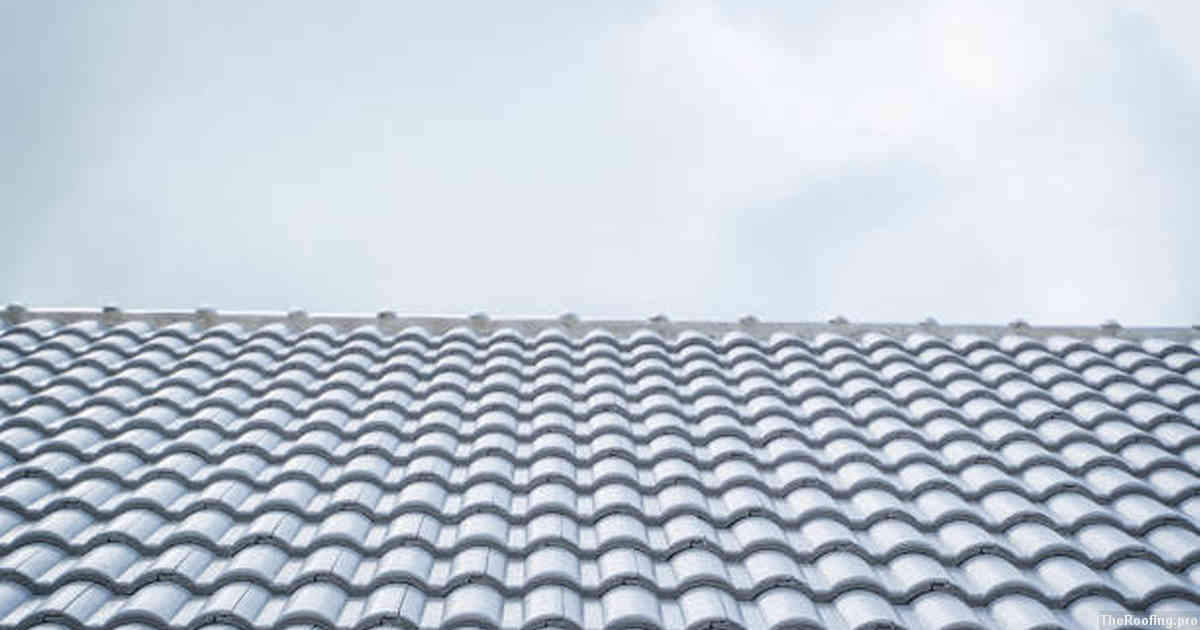
When it comes to roofing membranes, the maintenance requirements for TPO and EPDM roofs can vary depending on the specific product. While some may require regular cleaning or repair, others are low-maintenance. The material used in these types of roofs is usually very durable, so repairs should not be necessary often.
TPO roofs typically require a few simple steps for proper maintenance: cleaning off debris such as leaves and twigs, inspecting seams and flashings annually to ensure they are properly sealed, checking for tears or holes that need patching up every year or two, and checking fasteners regularly to make sure they remain tight. If you live in an area with high winds or heavy snowfall, additional inspections may be needed during those seasons.
EPDM roofs require similar care but tend to be more durable than their counterparts due to the strength of the rubber membrane material used in its construction. The only major difference between TPO and EPDM is that EPDM does not need periodic sealing like other materials might; however, annual inspections should still take place just like with any other type of roof system. Cleaning off debris from your roof is still recommended as well – this will help keep mold away while also extending its life span.
Environmental Impact of Using TPO & EPDM Membranes
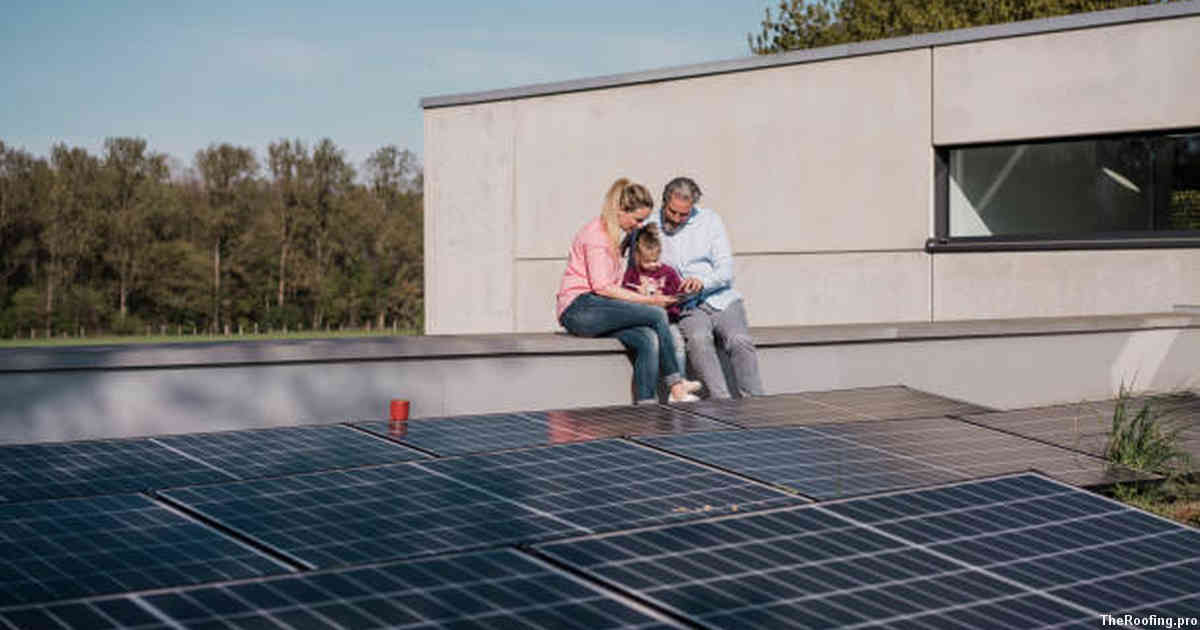
When it comes to roofing, the environmental impact of the materials used should not be overlooked. Both TPO and EPDM membranes are environmentally friendly options for flat roofs that come with a variety of benefits.
TPO (thermoplastic polyolefin) is one of the most eco-friendly choices when it comes to membrane roofing because it contains no chlorine or halogens in its makeup, which makes it more resistant to ultraviolet rays and prevents ozone degradation. TPO also has good flexibility properties and can withstand extreme temperatures without cracking or shrinking due to its strong molecular bonds. This means that any expansion or contraction caused by temperature fluctuations will not affect its performance over time.
EPDM (ethylene propylene diene monomer) is another type of green roof material since its production requires fewer resources than other traditional options like asphalt shingle roofs and metal roofs. This membrane type does not require any additional sealants in order to keep out water as EPDM has excellent waterproof capabilities on its own due to an advanced elastomeric blend technology which allows for maximum durability against harsh weather conditions such as high winds and heavy rains or snowfall. EPDM also boasts great resistance against chemical damage from acids and alkalis which helps reduce long term maintenance costs associated with traditional roofing systems.